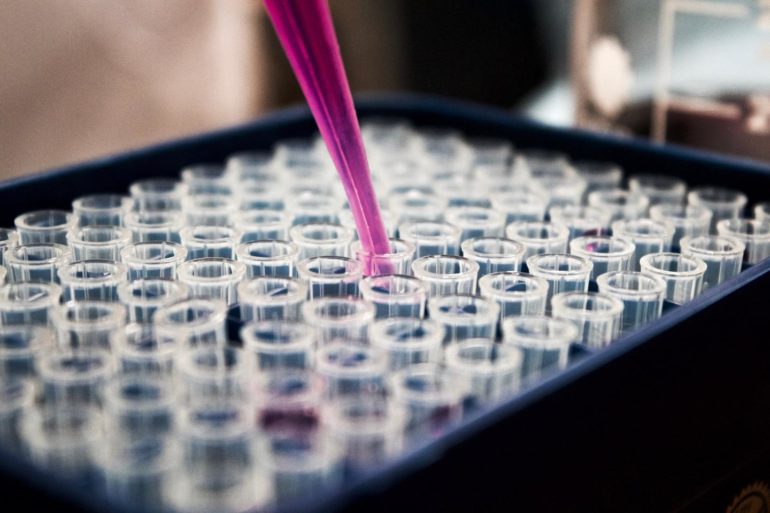COVID-19 continues to claim lives around the world and is infecting millions more. Although several vaccines have recently become available, making significant strides towards preventing COVID-19, what about the treatment of those who already have the infection? Vaccines aren’t 100% effective, highlighting the need—now more than ever—for effective antiviral therapeutics. Moreover, some people can’t receive vaccines due to health issues, and new variants of SARS-CoV-2, the virus that causes COVID-19, that can penetrate vaccine-conferred immunity, are being reported, indicating that we need to think beyond prevention.
Given this need, a team of researchers based in Japan, the US, and the UK launched a project to develop effective therapeutics. This team included several researchers based at Tokyo University of Science: Visiting Professor Koichi Watashi, Dr. Hirofumi Ohashi, Professor Shin Aoki, Professor Kouji Kuramochi, and Assistant Professor Tomohiro Tanaka. Their goal was clear and simple: finding a cure for COVID-19.
To achieve this goal, the researchers first established an experimental system for screening drugs that may help to control infections. This system used a type of cells called VeroE6/TMPRSS2 cells, which were manipulated to efficiently be infected with and produce SARS-CoV-2. “To determine whether a drug of interest could help combat infection by SARS-CoV-2, we simply had to expose VeroE6/TMPRSS2 cells to both the drug and SARS-CoV-2 and then observe whether the drug’s presence served to hinder the virus’s efforts to infect cells,” explains Professor Watashi.
The researchers used this experimental system to screen a panel of drugs that are already approved for clinical use, including drugs like remdesivir and chloroquine that have already being approved or are being trialed as treatments for COVID-19. In an exciting outcome, the researchers found two drugs that provided effective SARS-CoV-2 suppression: cepharanthine, which is used to treat inflammation, and nelfinavir, which is approved for the treatment of HIV infection.
Cepharanthine inhibited the entry of the virus into cells by preventing the virus from binding to a protein on the cell membrane, which it uses as a gateway. In contrast, nelfinavir worked to prevent the virus from replicating inside the cell by inhibiting a protein that the virus relies on for replication. Given that these drugs have distinct antiviral mechanisms, using both of them together could be especially effective for patients, with computational models predicting that combined cepharanthine/nelfinavir therapy can hasten the clearance of SARS-CoV-2 from a patient’s lungs by as few as 4.9 days.
So, does this mean we will be seeing these new drugs in COVID-19 treatment centers? Of course, the drug duo isn’t ready to be rolled out into healthcare systems just yet. These findings justify further research into the clinical potential of cepharanthine/nelfinavir therapy, and only following this can we say for sure that it is useful and helpful.
Nevertheless, given the ongoing nature of the COVID-19 pandemic and the ever-increasing death toll, the development of cepharanthine/nelfinavir therapy may provide clinicians and patients with a much-needed new treatment option.
Extensive study identifies over a dozen existing drugs as potential COVID-19 therapies
More information:
Hirofumi Ohashi et al, Potential anti-COVID-19 agents, cepharanthine and nelfinavir, and their usage for combination treatment, iScience (2021). DOI: 10.1016/j.isci.2021.102367
Provided by
Tokyo University of Science
Citation:
The dream team: Scientists find drug duo that may cure COVID-19 together (2021, June 4)
retrieved 7 June 2021
from https://medicalxpress.com/news/2021-06-team-scientists-drug-duo-covid-.html
This document is subject to copyright. Apart from any fair dealing for the purpose of private study or research, no
part may be reproduced without the written permission. The content is provided for information purposes only.



